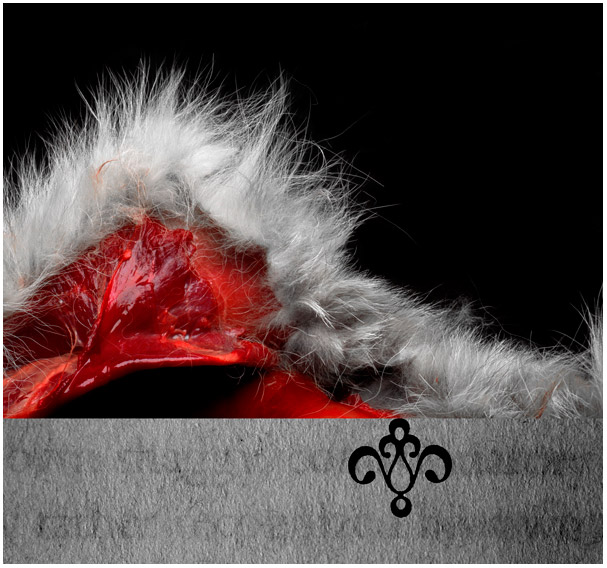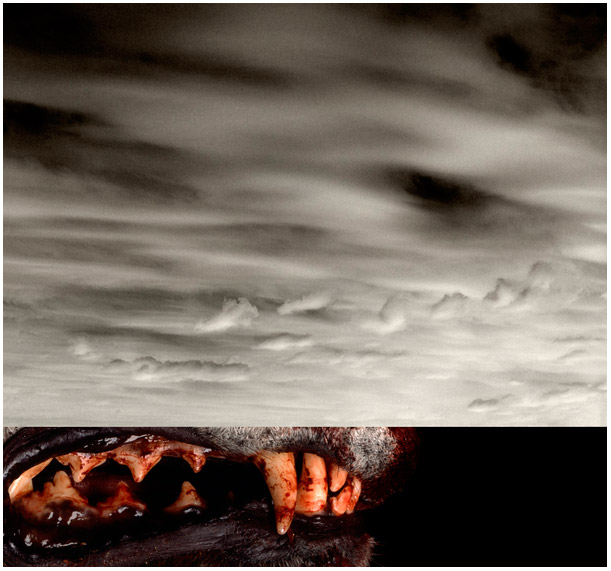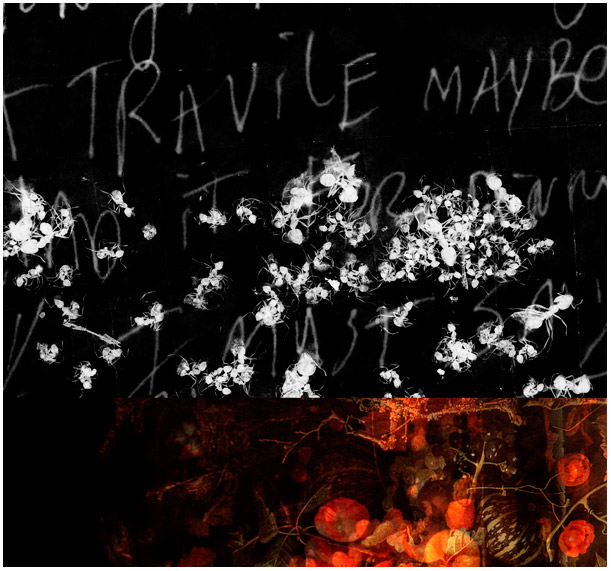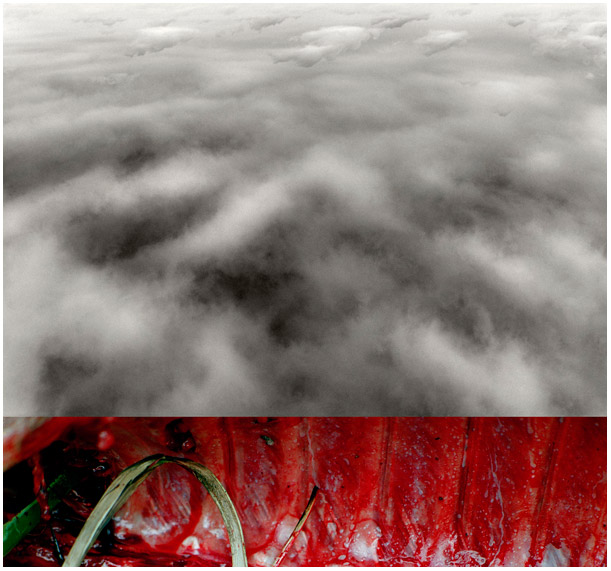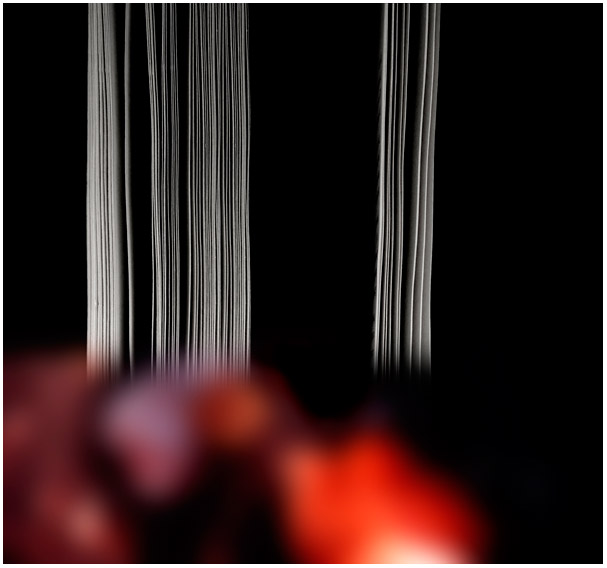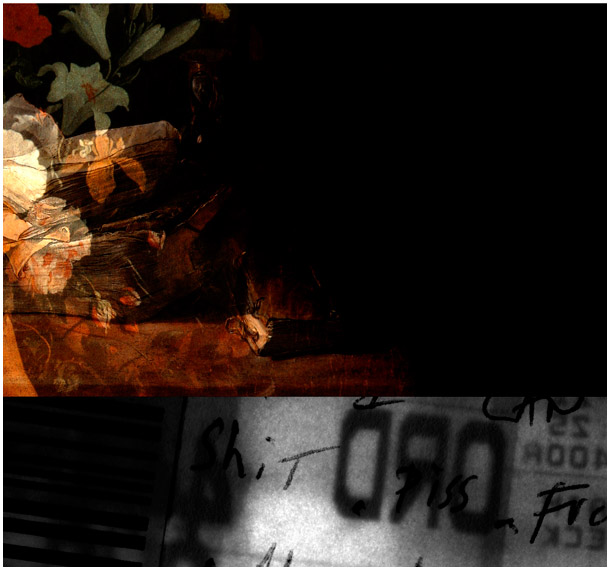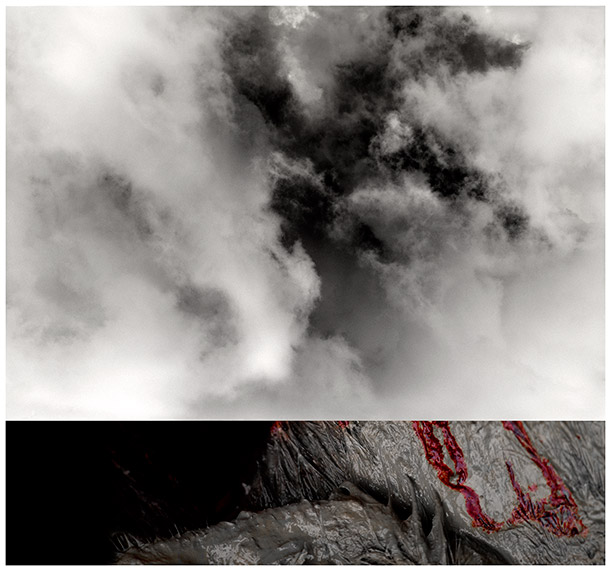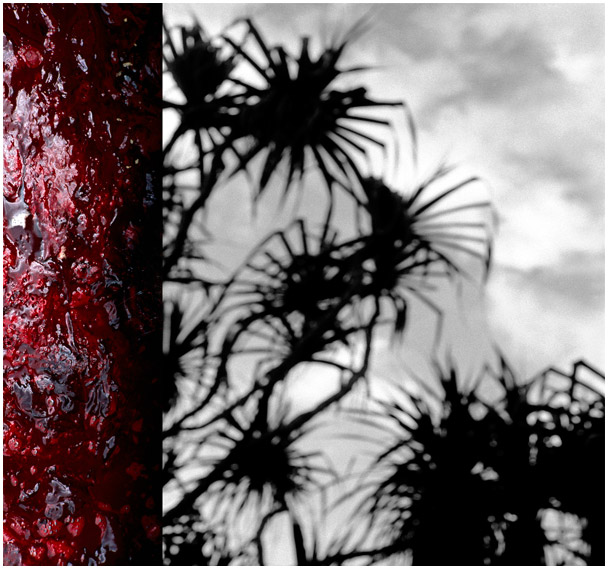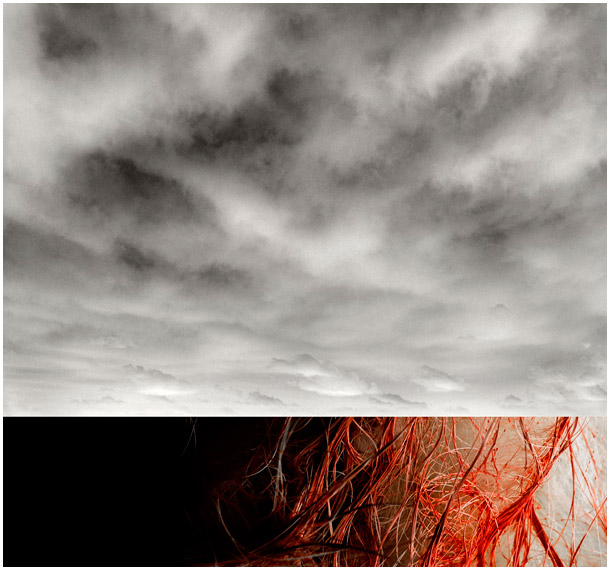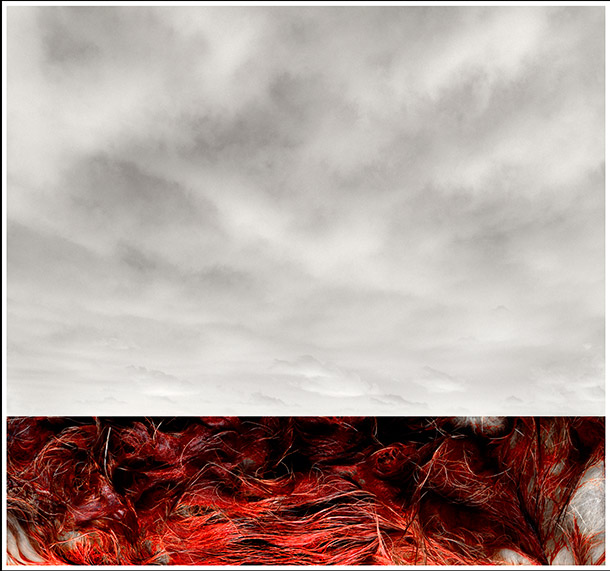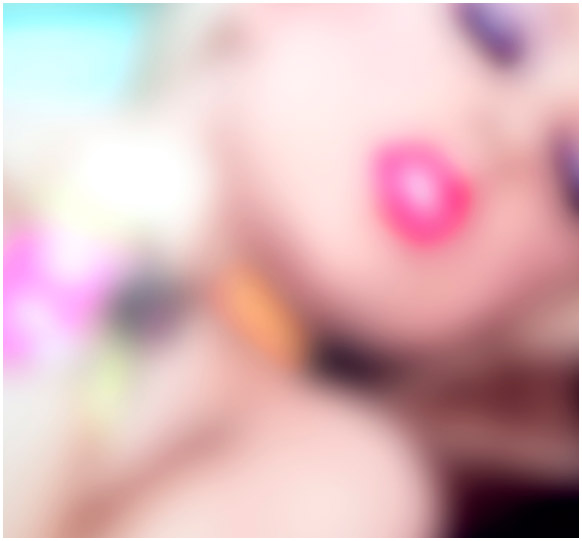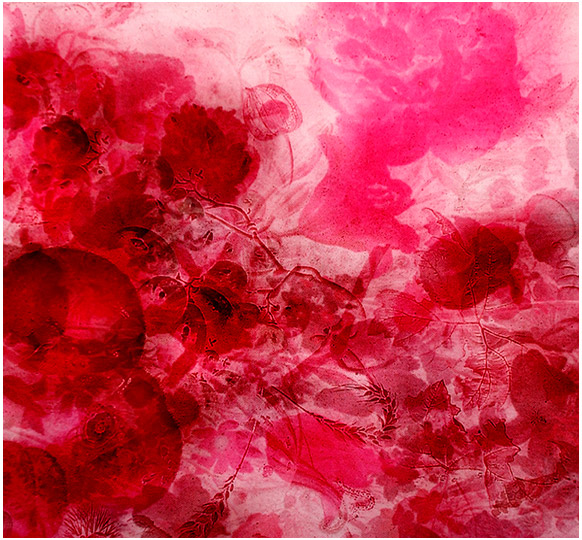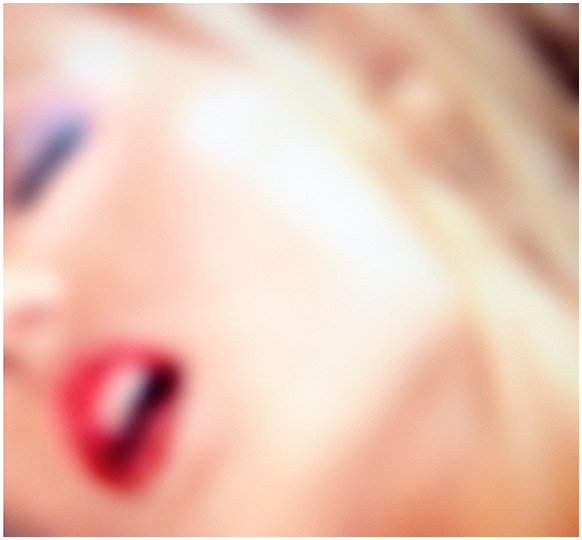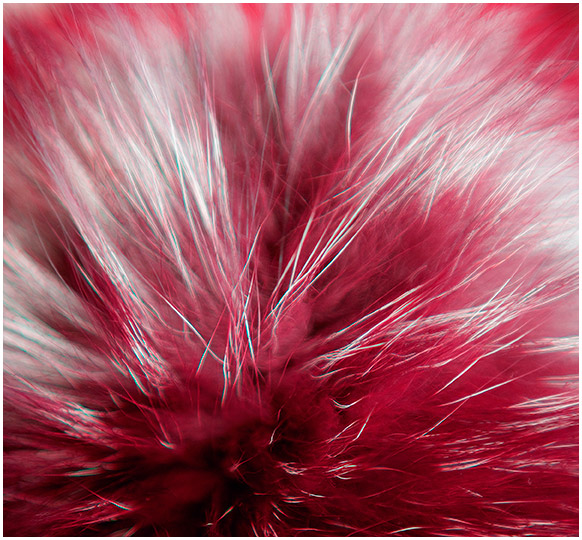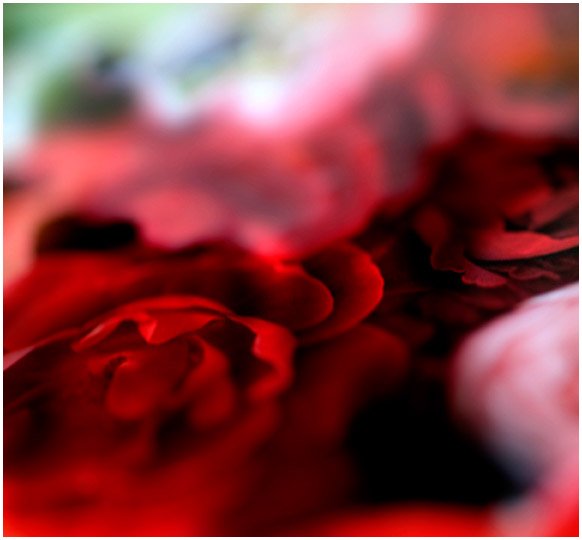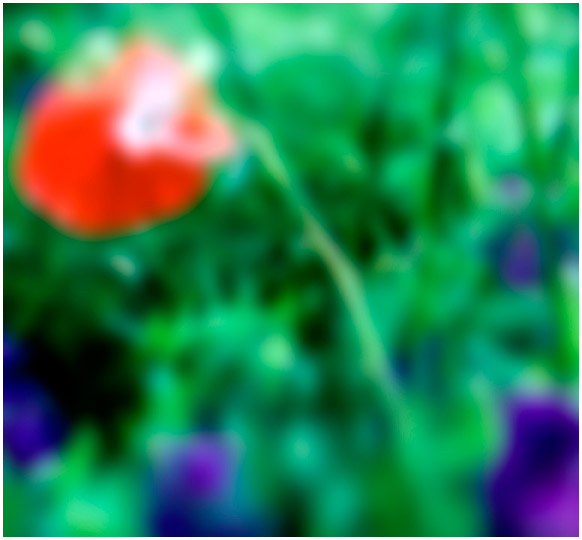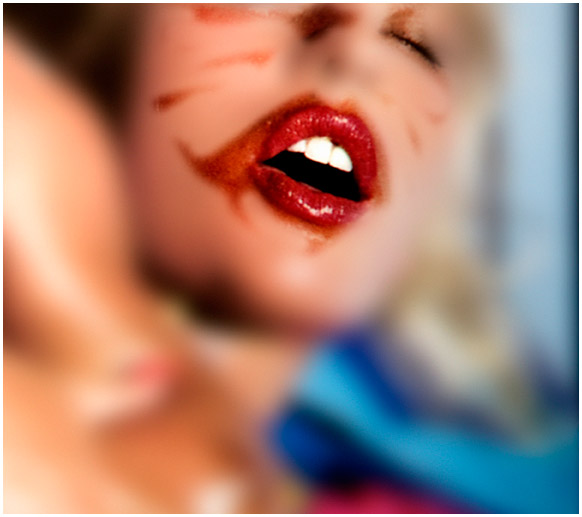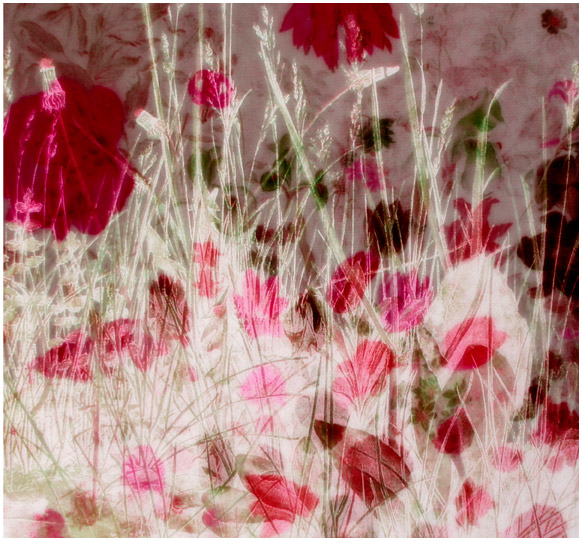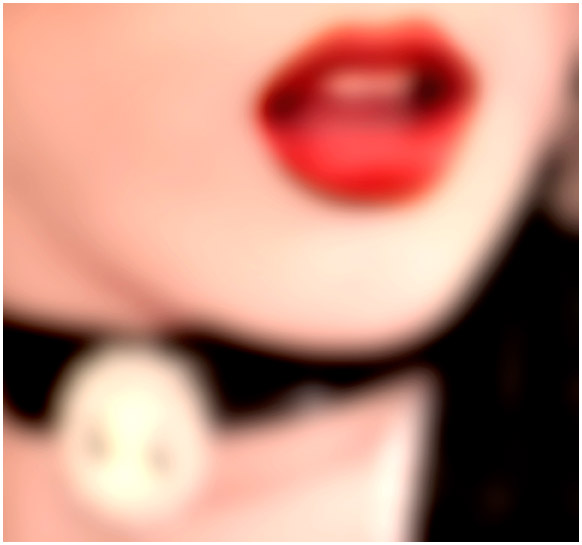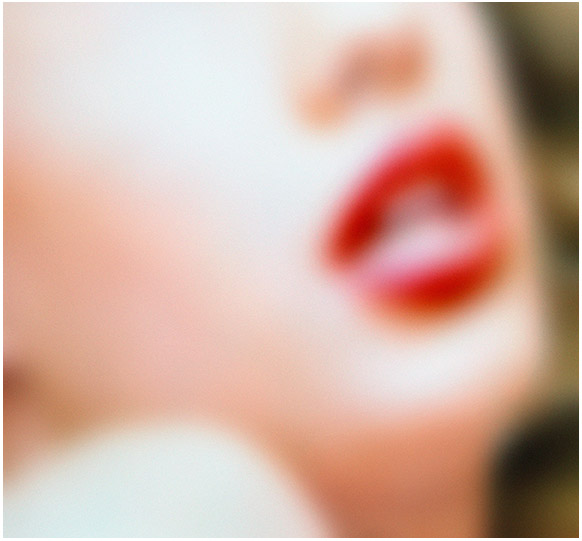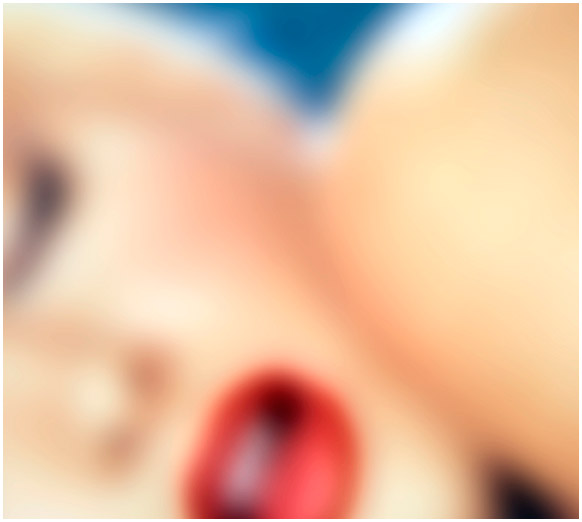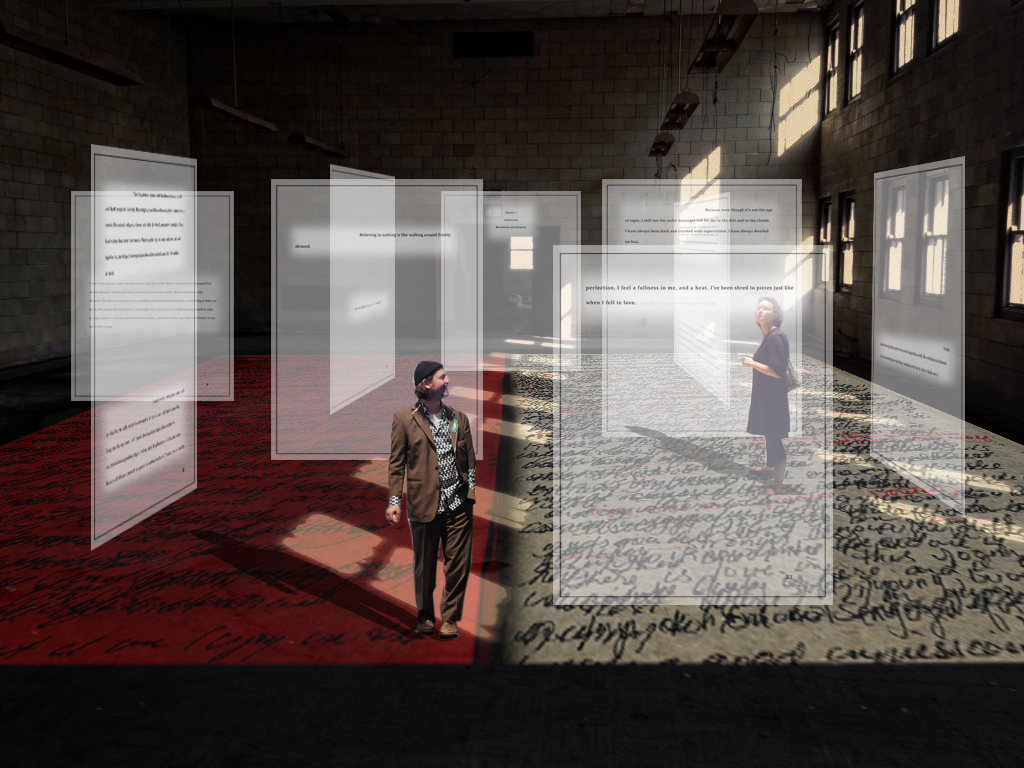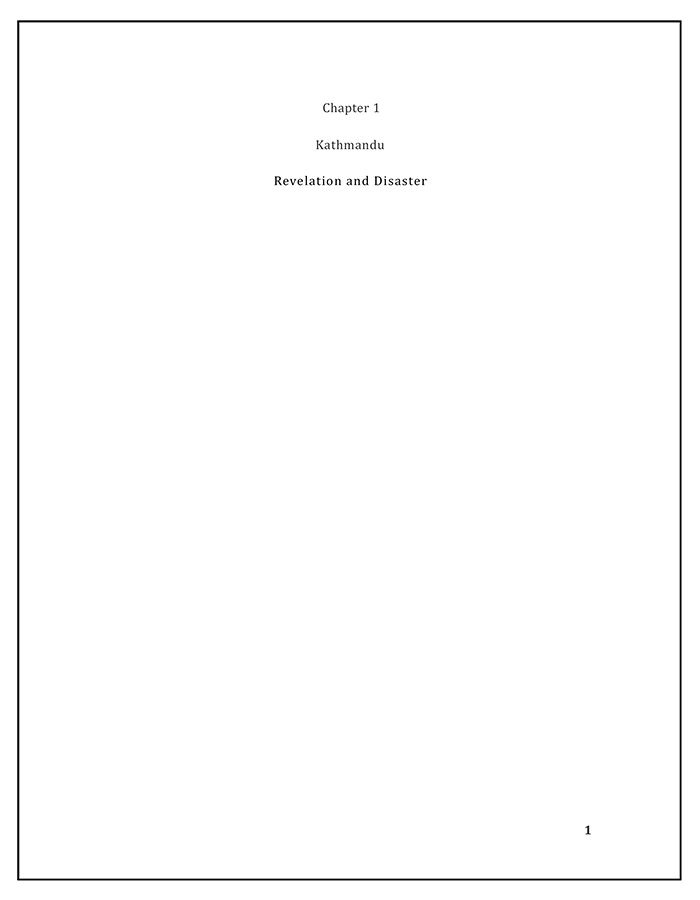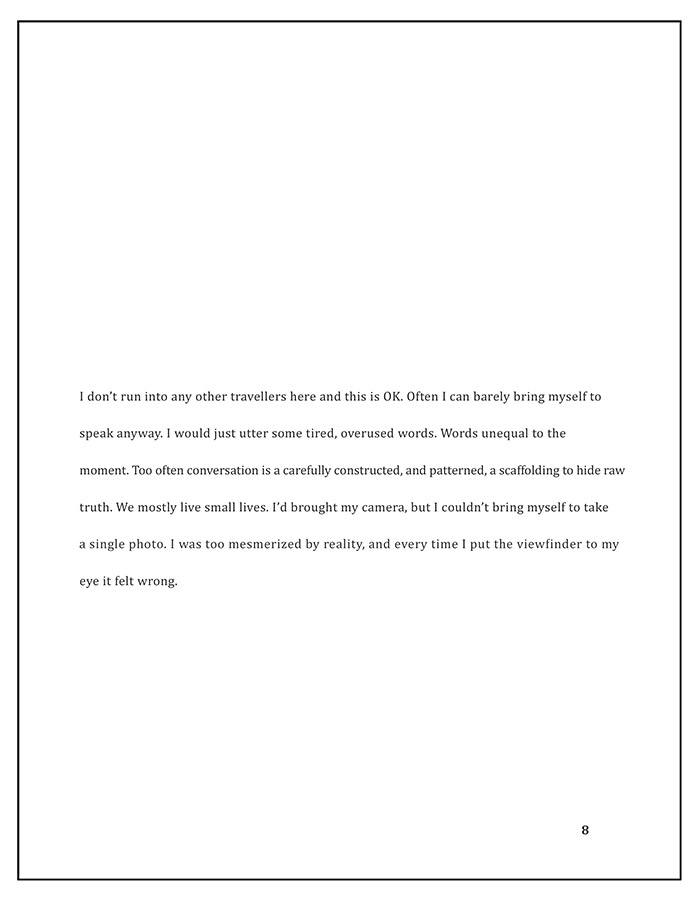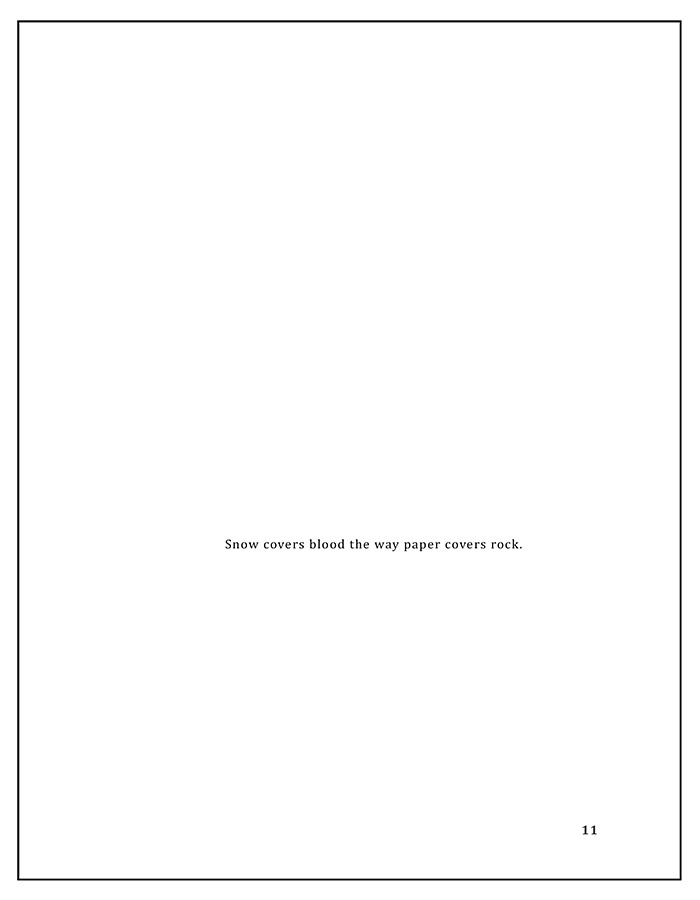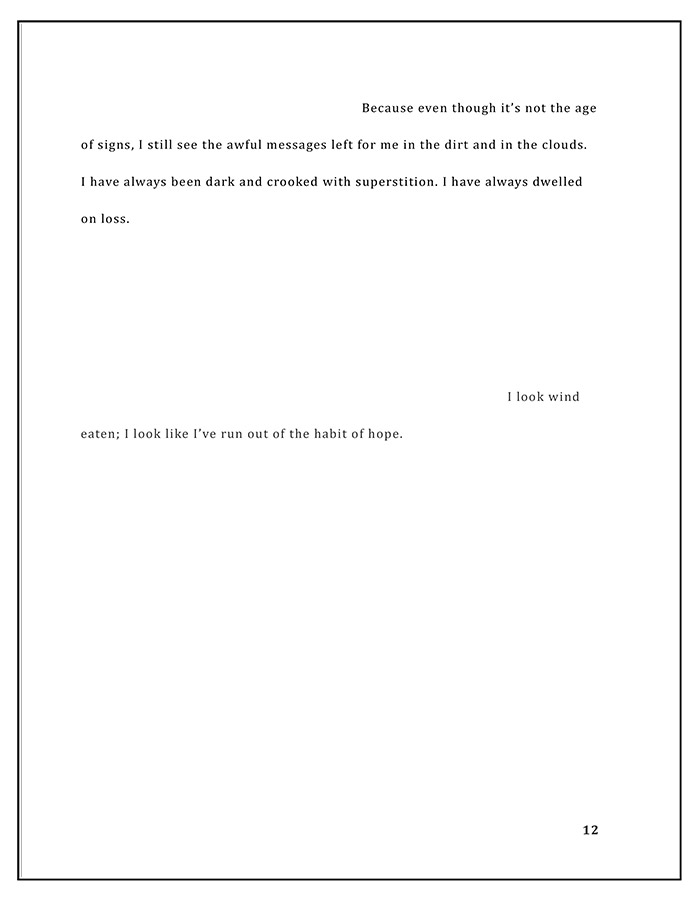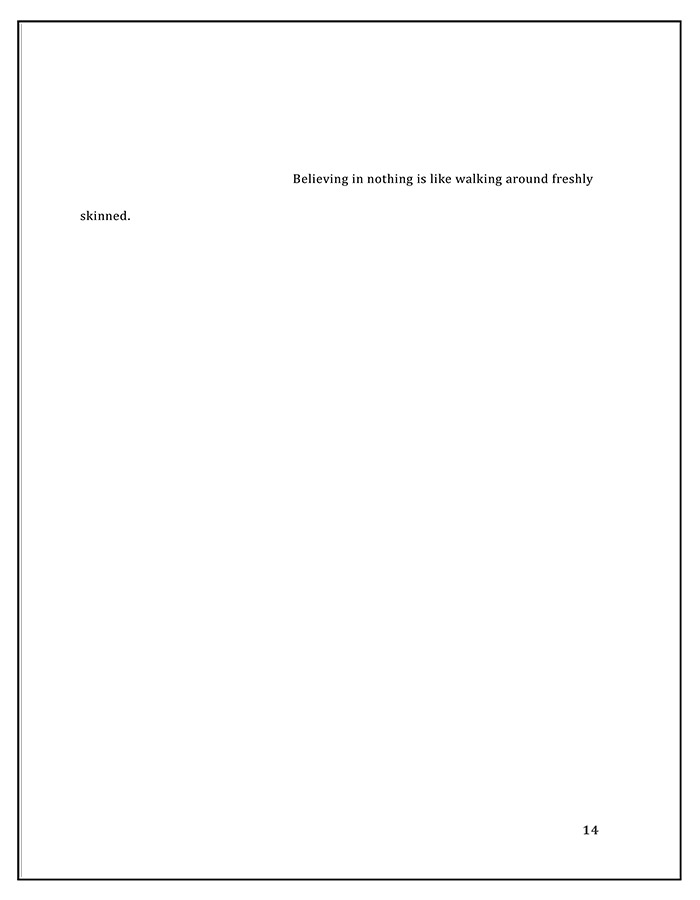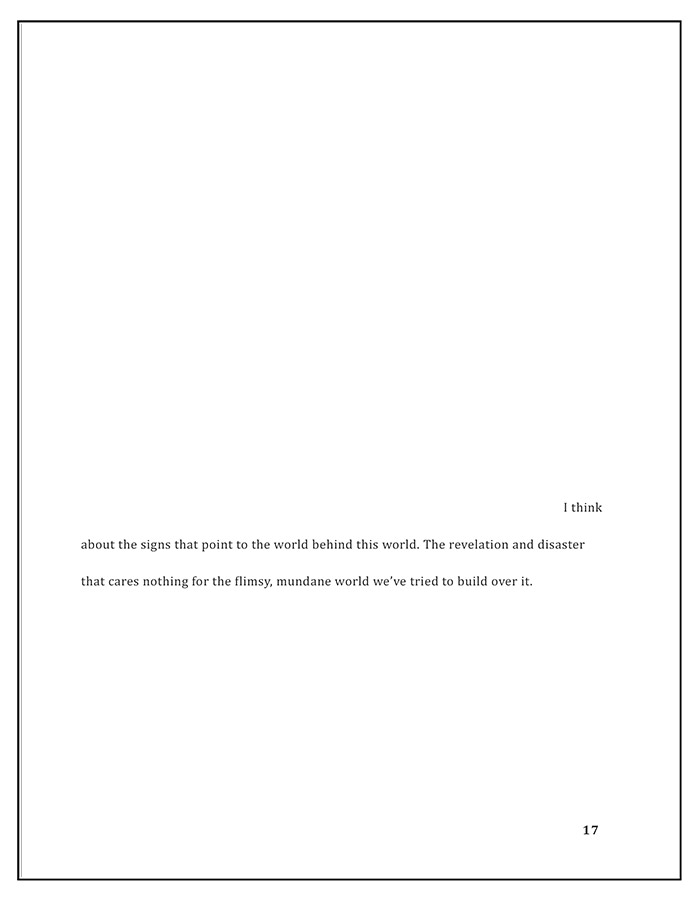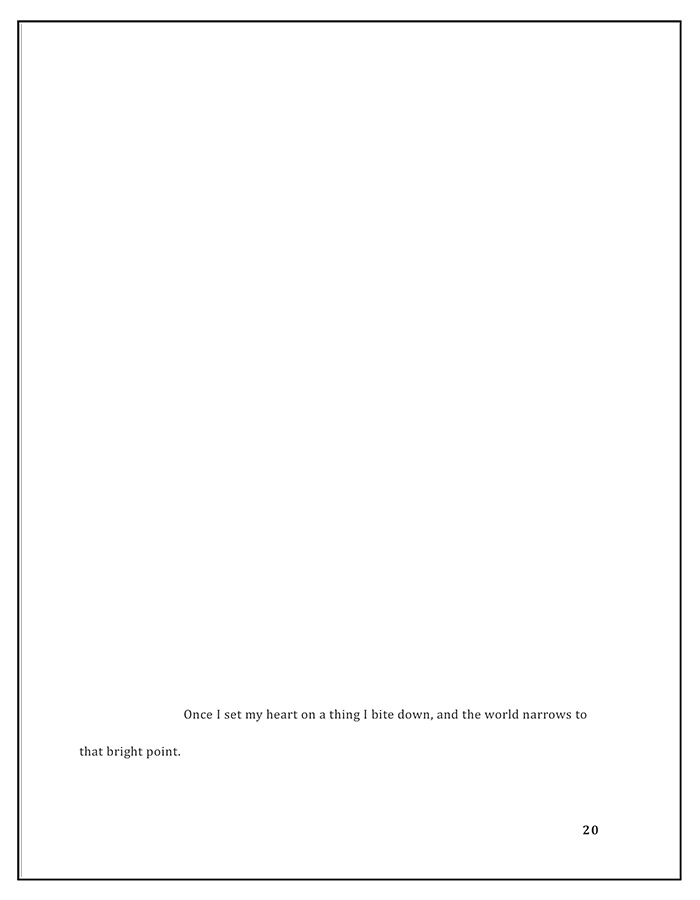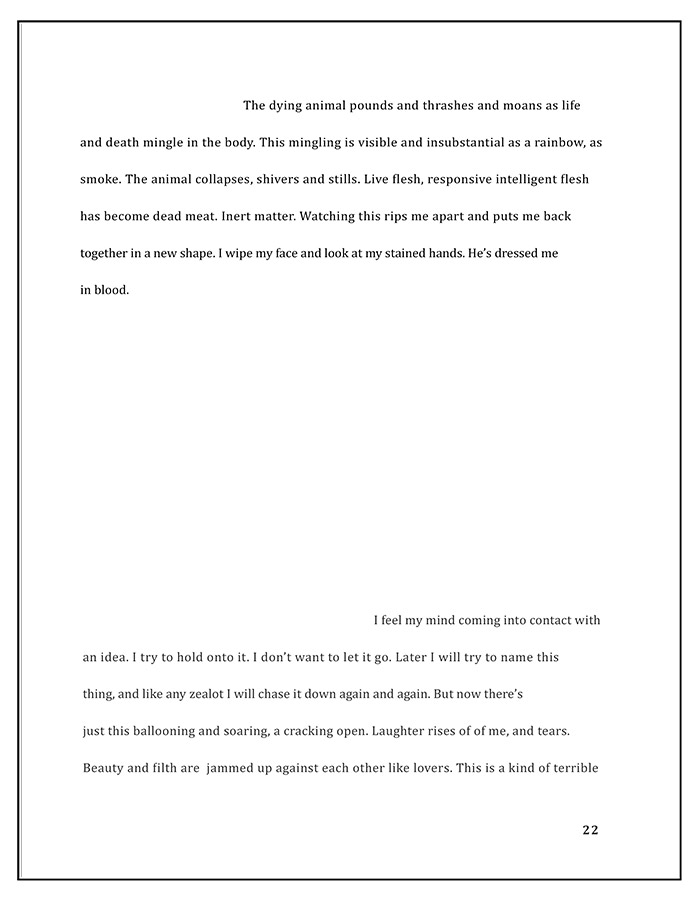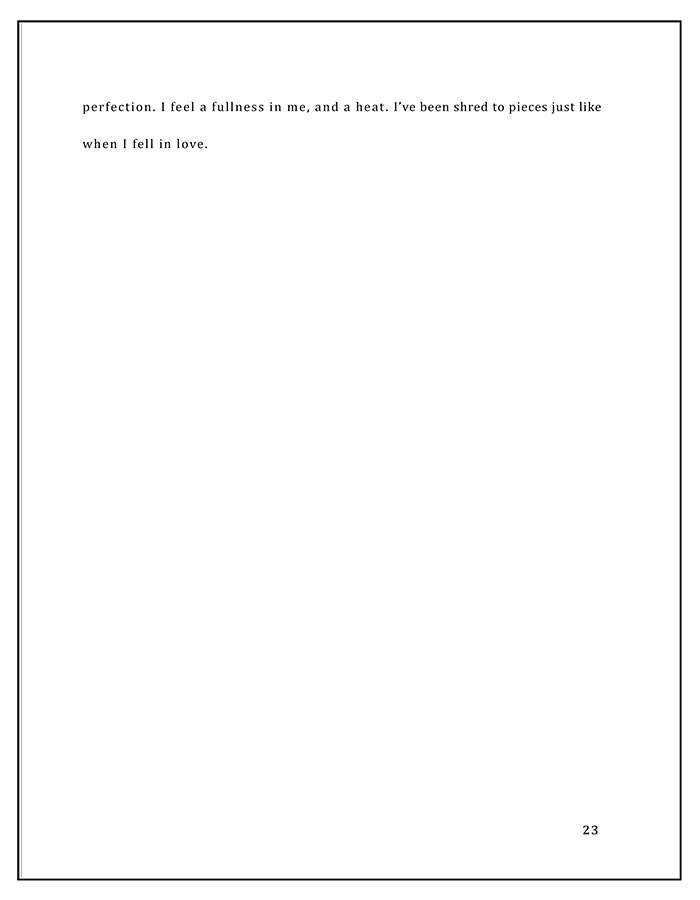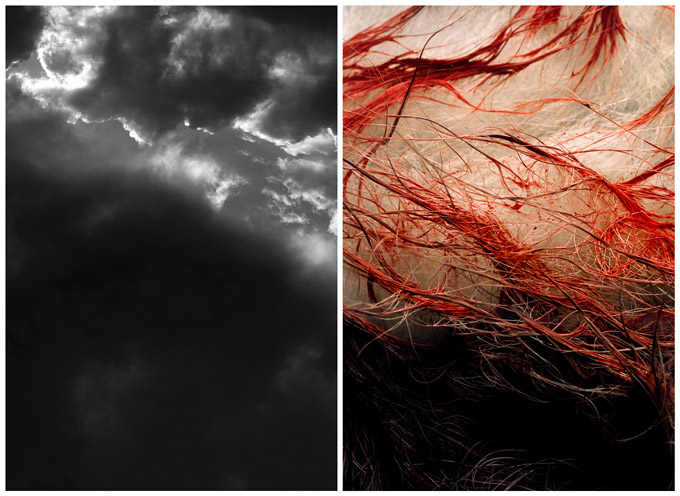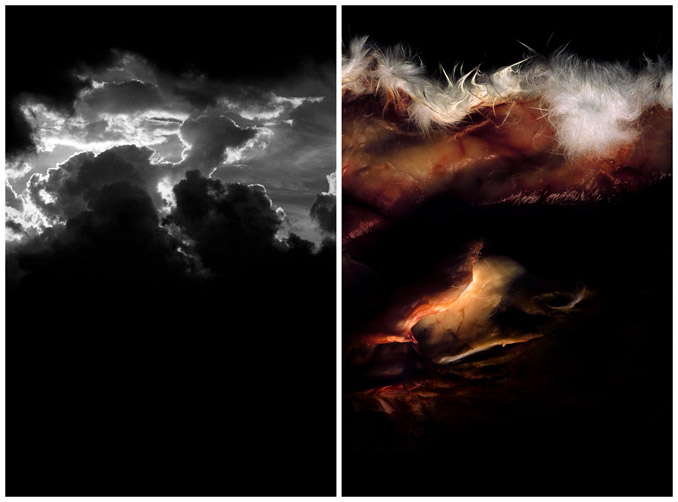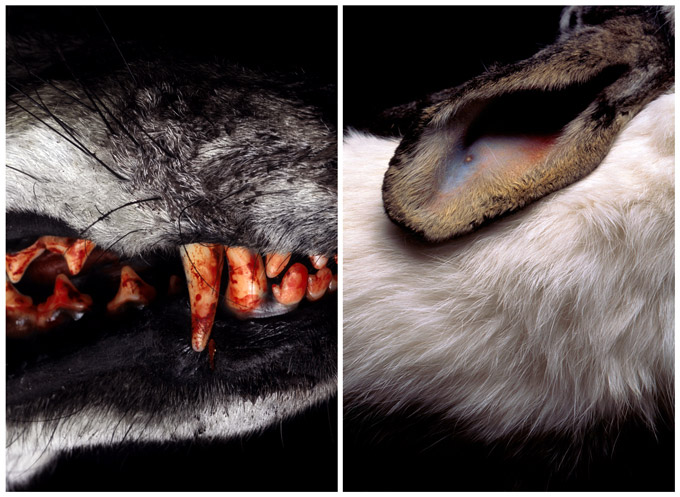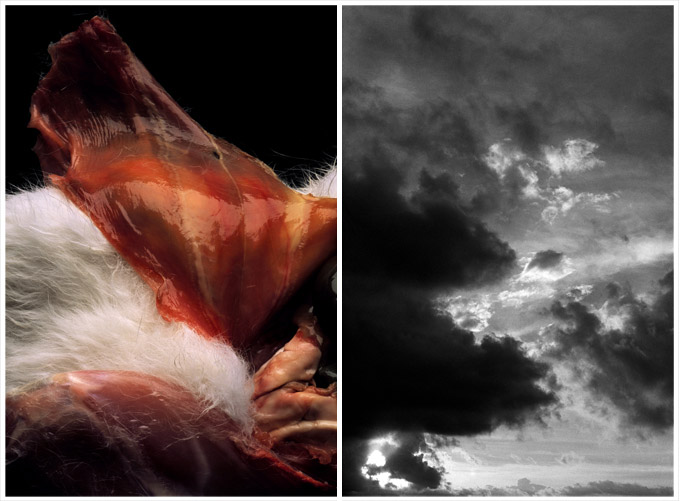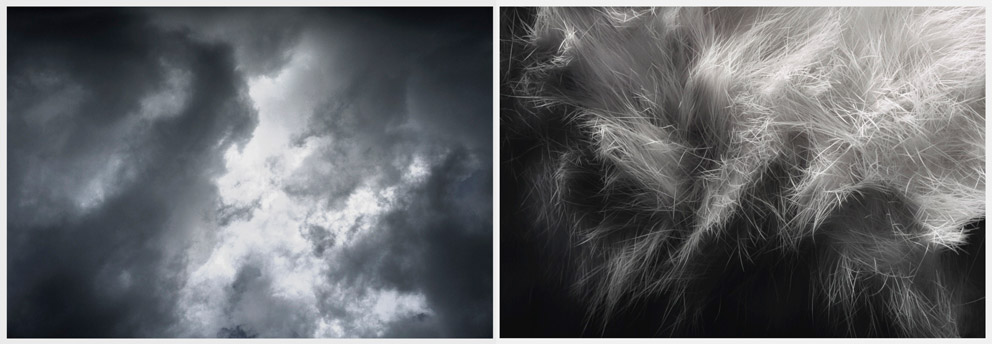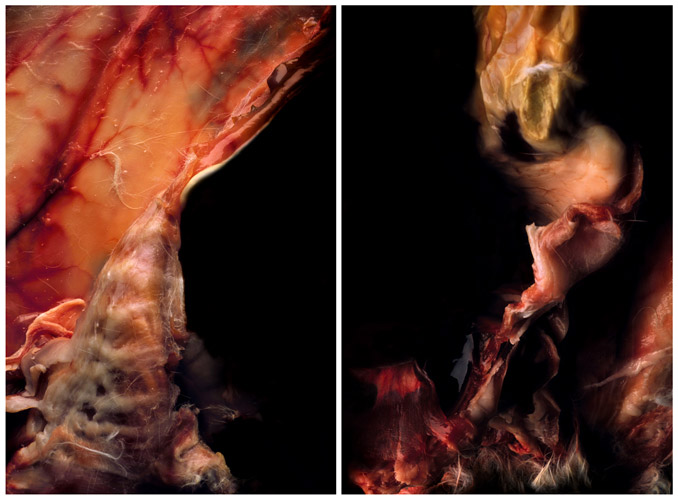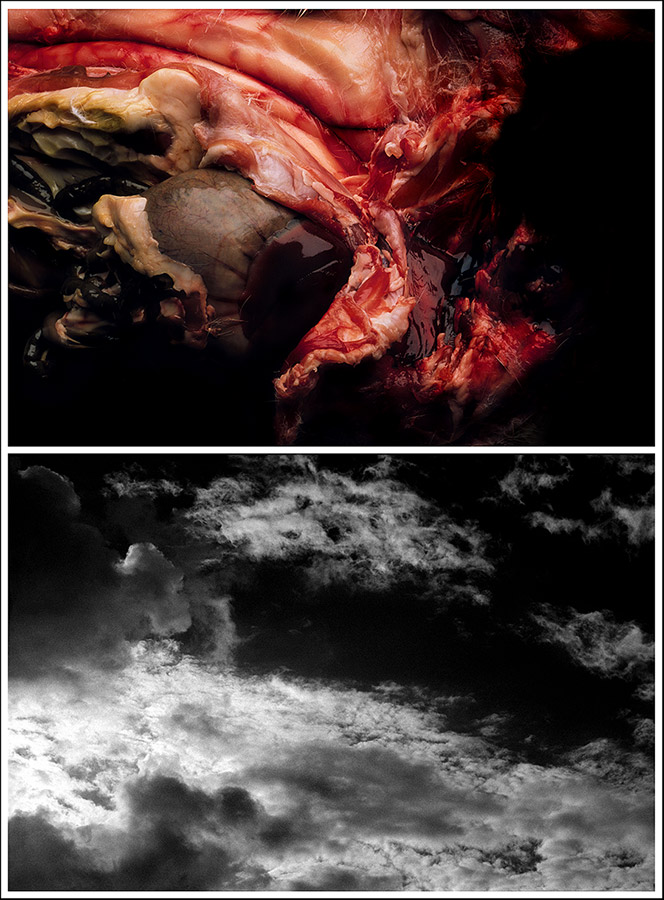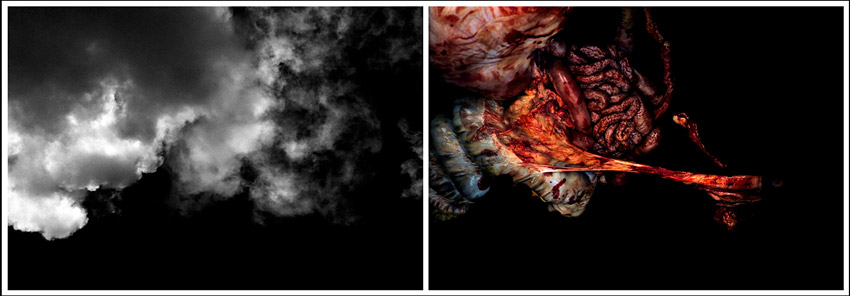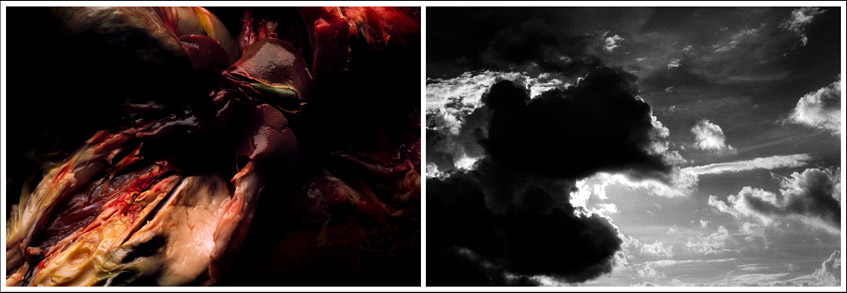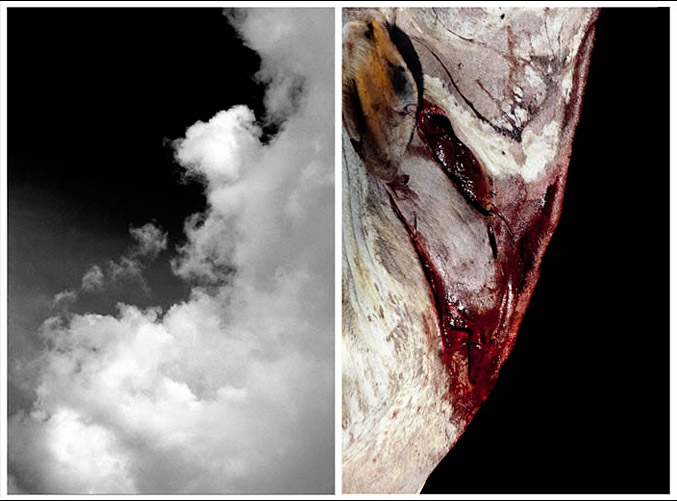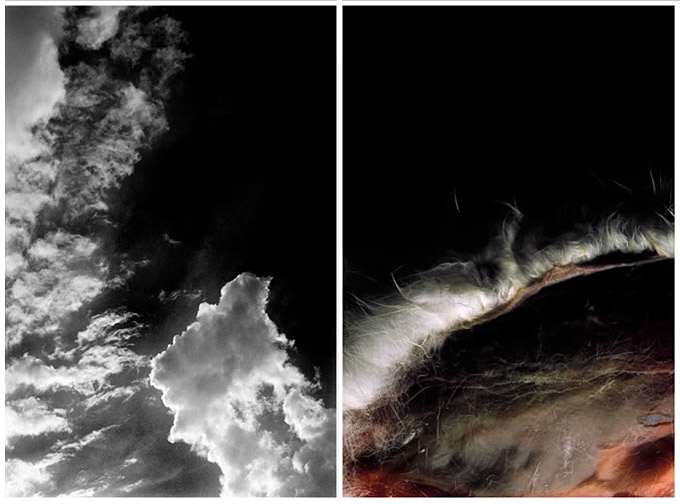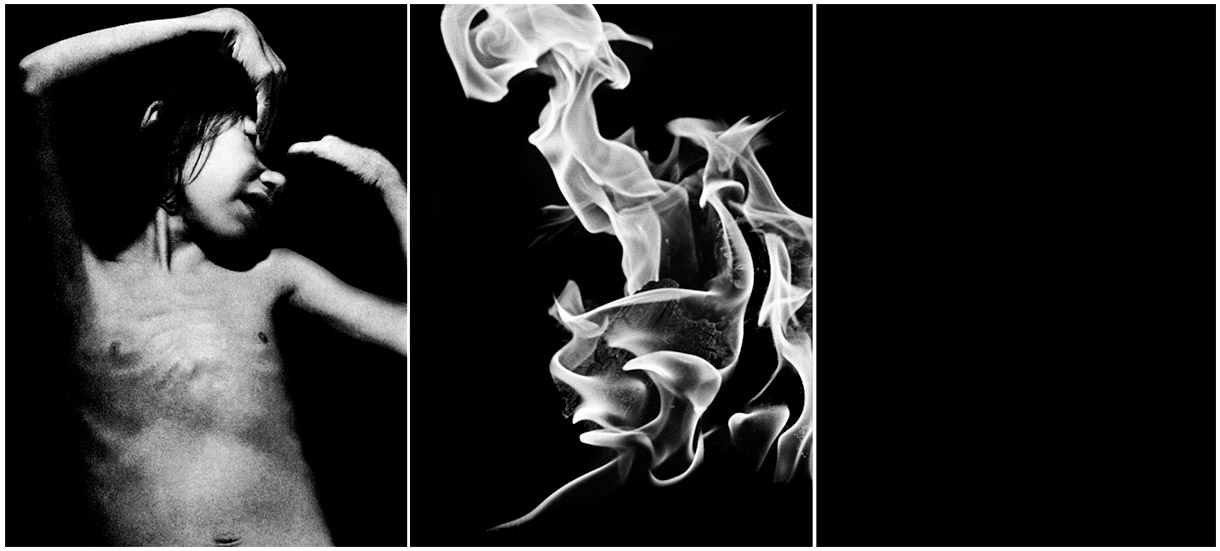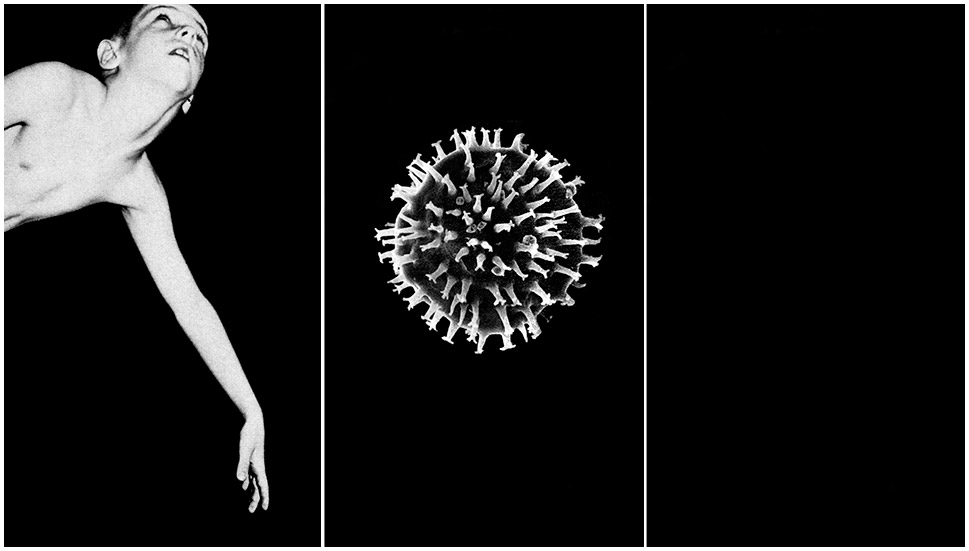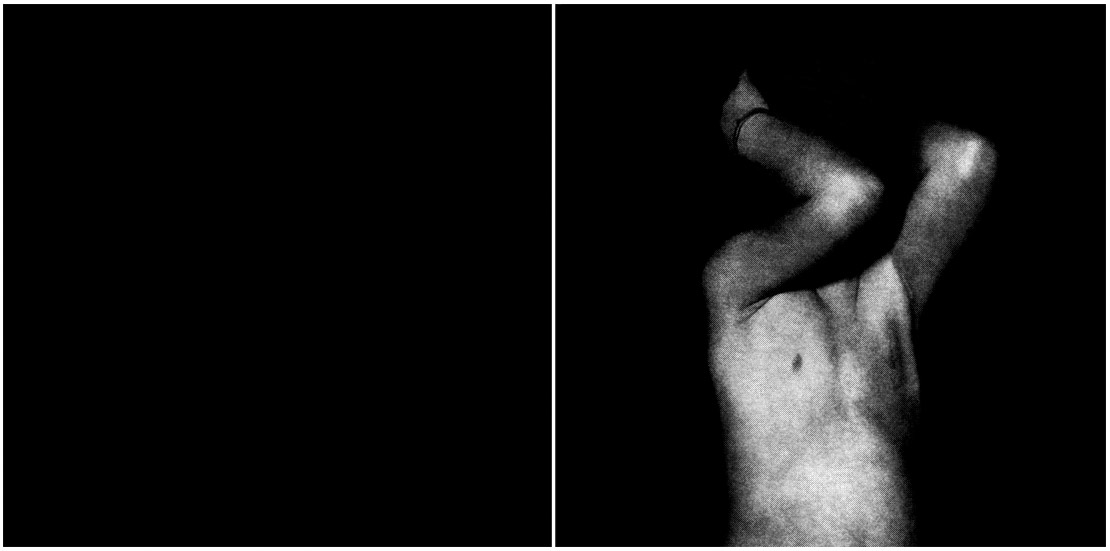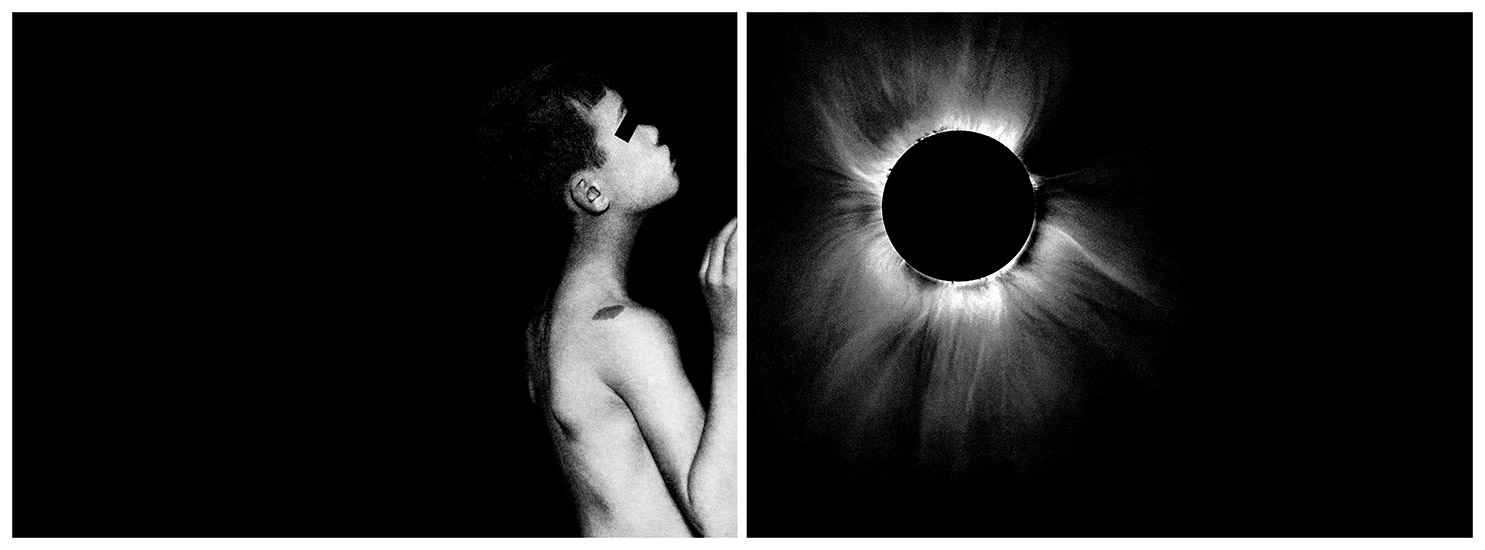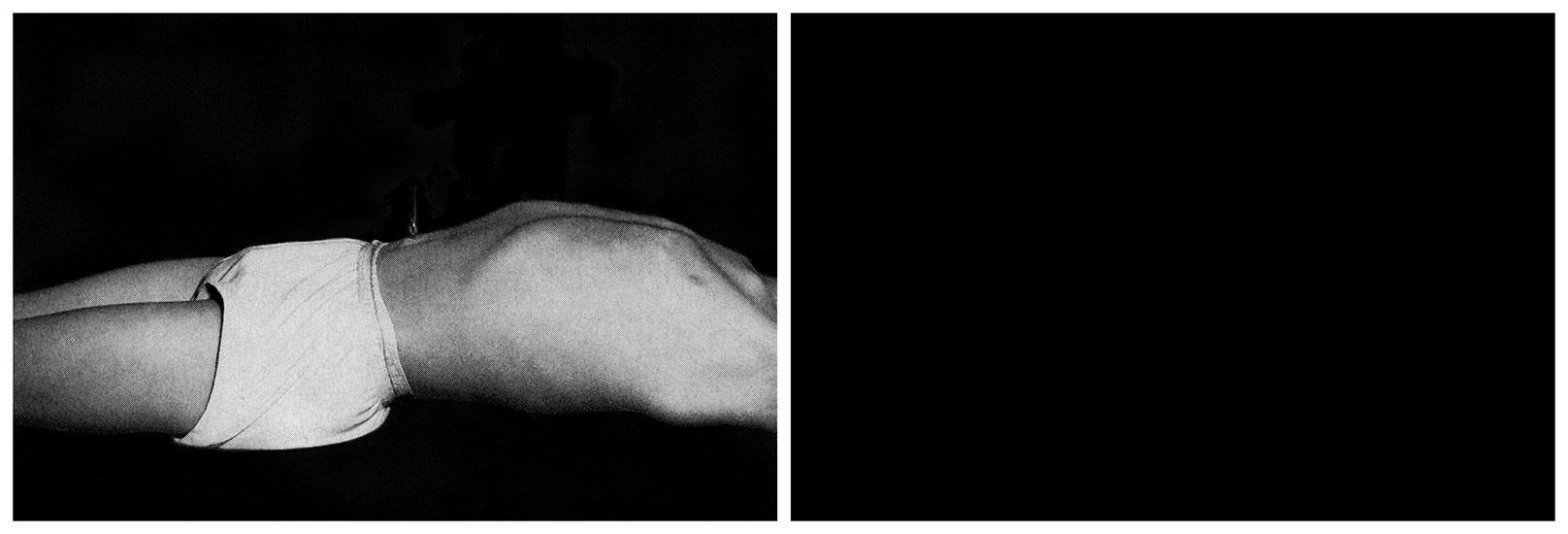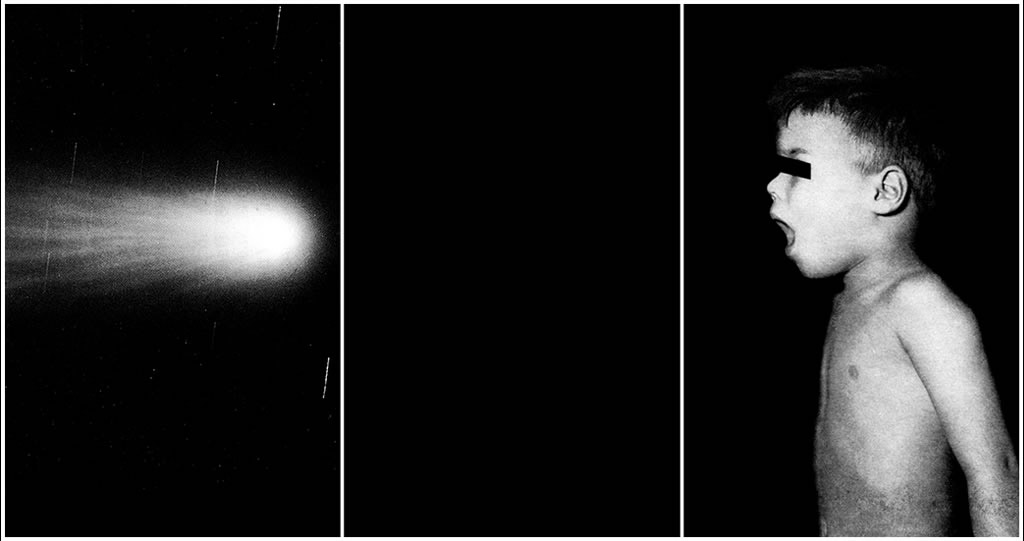


Lurid; Desire
He felt himself grasped by his long lapels, pulled forward and pushed back, as a creature with a hundred mouths started sucking the marrow from his bones. She said nothing as she came on like a starved animal, and he wouldn’t have known who it was if it hadn’t been for the taste of her watermelon gum, which after the first few torrid kisses he felt himself chewing. Even though that lightning attack lasted only three minutes it left it’s mark on him. He spoke of it as one might of a religious experience, a visitation or vision, any rupture into this life from beyond that cannot be described in words.
–Jeffrey Eugenides, The Virgin Suicides
Lurid began as a conversation. In the summer of 2007, as my boyfriend and I sweltered in the Southern Californian landscape, as we discussed art, and life and politics, he said something like this: “I’d like to see what kind of images you would make about sex.” I was intrigued by his suggestion. It had never occurred to me to create work about sex; I created work about Death. Both the challenge and the symmetry appealed. So, as the sun beat down, and forest fires blazed up; as coyotes appeared like apparitions in the backyard, and ash settled over the landscape; as citrus trees sagged, and snapped, under the impossible weight of galaxies of bursting fruit; against this apocalyptic backdrop; I began to photograph sex, or as it turns out, Desire.
I know a little about sex and desire because, well, I’m human. And because for four blissful years I lived in Las Vegas: where lavish, sensual indulgence, and intoxicating, lurid, sensual excess reigns supreme. As I began to make images, I drew from this past. I also looked at pornography, and fashion, and film. The first image that I made that I was happy with was an image of a mouth: red lips, swollen and soft, gently parted in surrender to desire. I developed a kind of crush on this image. And like a teenager playing her favorite song over and over, I began to make image after image of gloriously gauzy sirens, heads thrown back in a delirium of desire.
I love the fact that sexual and religious transportment echo each other. How Ecstasy, that elevated sensation of bliss, is simultaneously carnal and spiritual. Bernini’s The Ecstasy of St. Teresa (her head is thrown back, face upturned towards the heavens, lips parted, eyes softly closed–so similar to my own carnal angels) is based on the swooning nuns own writing: “I saw in his hand a long spear of gold…He appeared to me to be thrusting it at times into my heart, and to pierce my very entrails; when he drew it out, he seemed to draw them out also, and to leave me all on fire with a great love of God. The pain was so great, that it made me moan; and yet so surpassing was the sweetness of this excessive pain, that I could not wish to be rid of it.”
Of course many of my Venuses are distinctly modern (perhaps a little trashy) more like Lux Lisbon or Lolita, Marilyn Monroe or Jenna Jamieson than St. Theresa. This has everything to do with the lush and lurid colours; the hot pinks, the electric purples, the glittering golds, and the verdant greens–these sirens are rendered in. Colour, trivial, dangerous, vulgar, superficial, is always feminine. Finally, a sudden rush of colour is a drift into a dream state, a drugged state; a descent (or ascent) into a world of desire.
In reality, the experience of creating this work was far more complex and layered. I experienced tremendous tension, helplessness, and a slow-burning rage––trapped–– as I made these images. Searching for beauty in pornography of women’s splayed bodies, images created by men to satisfy male desire, and seeing the same vapid, one-dimensional creature over and over, took a toll on me. This repetitive porno version of the manic pixie dream girl — a type of female character in film depicted as vivacious and appealingly quirky — whose only purpose within the narrative is to inspire a greater appreciation for life in the male protagonist. She exists for no other reason but to push the narrative forward.
As I created this body of work, I reflected on the history of ‘Heroic Rapes’ in the ‘high arts’. The supposedly uncomplicated beauty of these images was drilled into me in every art class I took from age fourteen on. I was photographing close-ups of these heroic rapes simultaneously with photographing details of the pornographic faces that form the bedrock of this body of work. ‘The Rape of Persephone’ by Lorenzo Bernini; Sandro Botticelli’s “La Primavera”; Rembrandt’s Susanna and the Elders: These are three pieces by white European male artists, who eroticize the rape of white women for the consumption of wealthy male patrons. Clichés of women more closely connected to nature abound. Women turn into trees to avoid rape. In the Botticelli painting, plants probe inside her mouth, invading her and silencing her. From Shakespeare’s Ophelia to David Lynch’s Laura Palmer, modern male artists in every medium fill scenes and frames with the bodies of beautiful, dead, white girls. Please note which harmed women’s bodies aren’t even pictured at all.

Revelation & Disaster

The Sky Above; the Mud Below
Because we don’t know when we will die we get to think of life as an inexhaustible well. Yet everything happens only a certain number of times and a very small number really. How many more times will you remember a certain afternoon of your childhood? Some afternoon that’s so deeply a part of your being that you can’t even conceive of your life without it. Perhaps four or five times more. Perhaps not even that. How many times will you watch the full moon rise? Perhaps twenty. And yet it all seems limitless.
––Paul Bowles, The Sheltering Sky
I am interested in the impact of time on both earthbound and celestial bodies. Time devastates flesh and rapidly consumes it. So we humans and beasts have a finite arc of time––a brief interval between birth and death––in contrast to the relative eternity of the cosmos. In performing dissections on dead beasts for this series, in peering intently at their viscera, I am struck by the grace and mystery inherent in the folds of brilliantly hued flesh, and fur and bone. This internal landscape is one of fearsome poetry. It echoes the immense and distant universe. A luminous arc of fur in darkness resembles a solar flare. Folds of flesh glow and stream like remote star fields. I must admit I do not observe this phenomena neutrally. I wish I could do more then simply dissect and expose the interior space, that secret rich place where memory and desire––a life––dwelled. I examine these interiors and wish I could perform my own miracles upon the flesh. I wish I could reverse the tide of time and bring the dead back to life, to make blood rush into the body instead of out, to inflate collapsed lungs with fresh breath, to seal gaping wounds neat and invisible like they were never there at all.

Gods and Heroes
In Gods and Heroes I appropriate from a wide variety of scientific textbooks. I cannibalize and collage this existing imagery to create stark visual poetry out of unlikely combinations of scientific “specimens”. The resulting narratives are unsettlingly intimate. Children, naked and isolated on fields of black, move toward or shiver away from aggressive natural elements. The children are frozen in dances of fear and fascination. These dramas unfold on a heroic scale.
This body of work evolved out of the mingling of two streams of thought. First is the recollection of greek myths which explained the workings of the universe, particularly tales in which Gods preyed on mortals, seducing or attacking humans in the guise of natural elements: a swan, a heavy mist, a shower of gold. The second is the inspiration of modern scientific texts, in which every conceivable aspect of the universe––from the most minute biological entity to the most colossal cosmological event––is meticulously, obsessively and tirelessly documented.
Both creative endeavors (the mythological and the scientific) are driven by a most passionate human desire, to unlock the mysteries of creation and destruction, growth and decay, life and death. So we may no longer be forced to surrender to elemental forces beyond our control. So we may have ultimate control over our own destinies.
